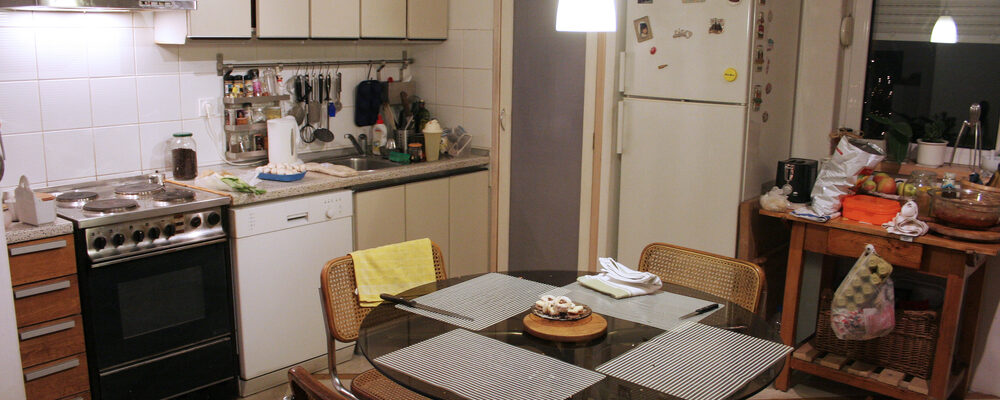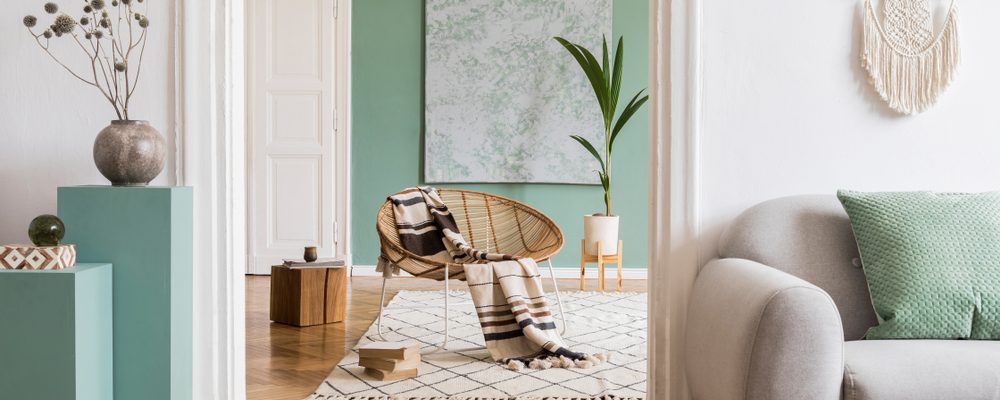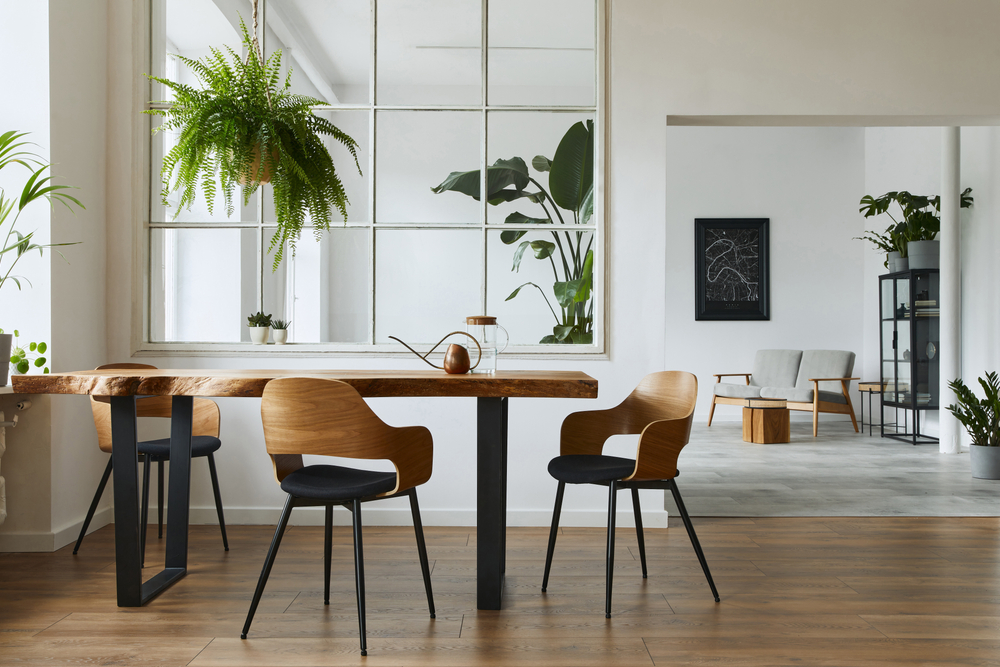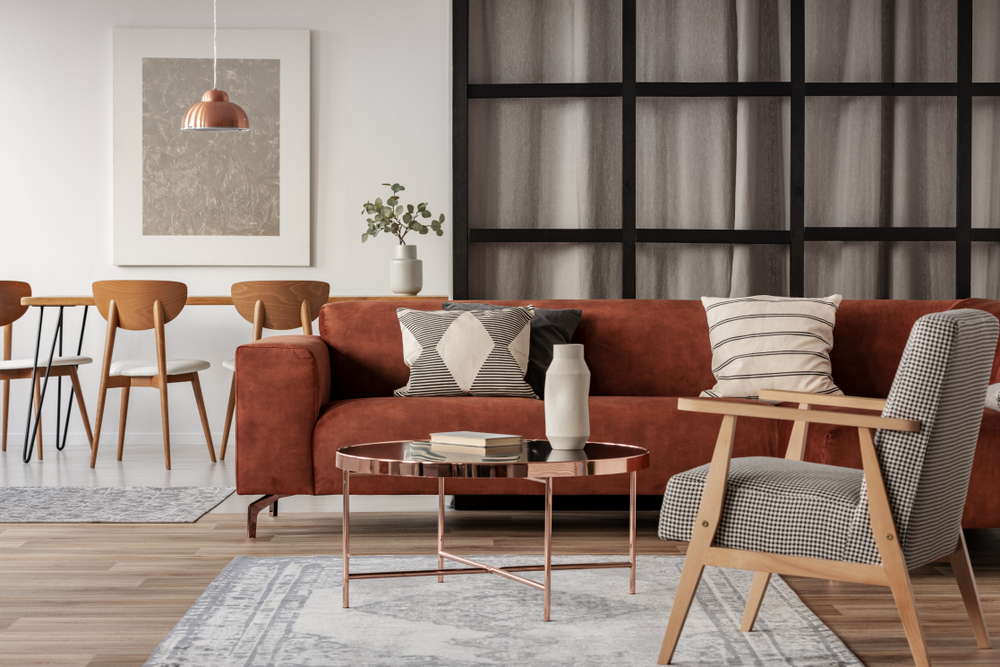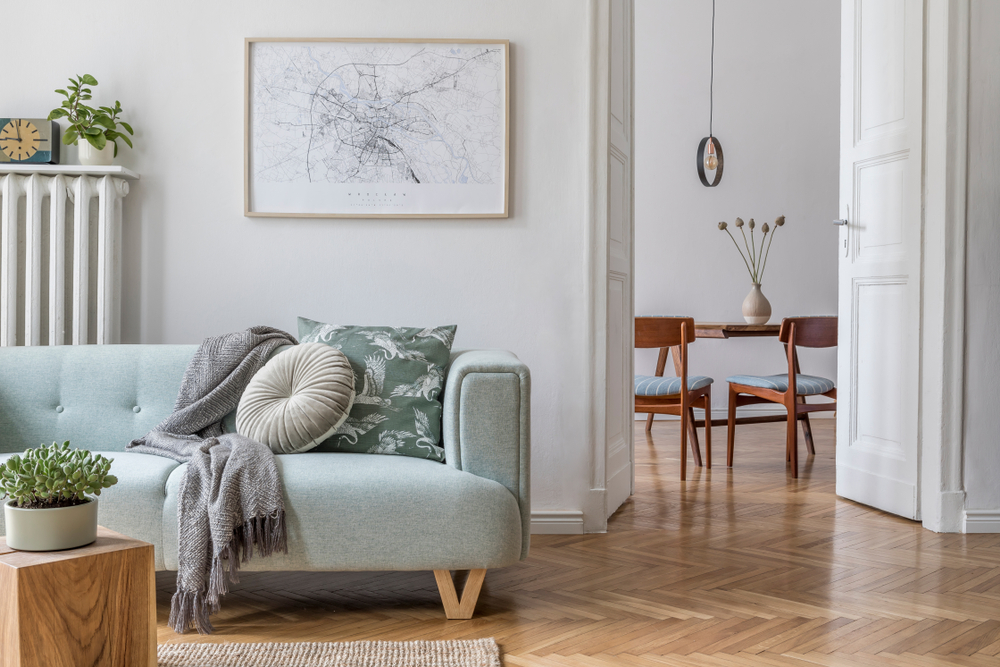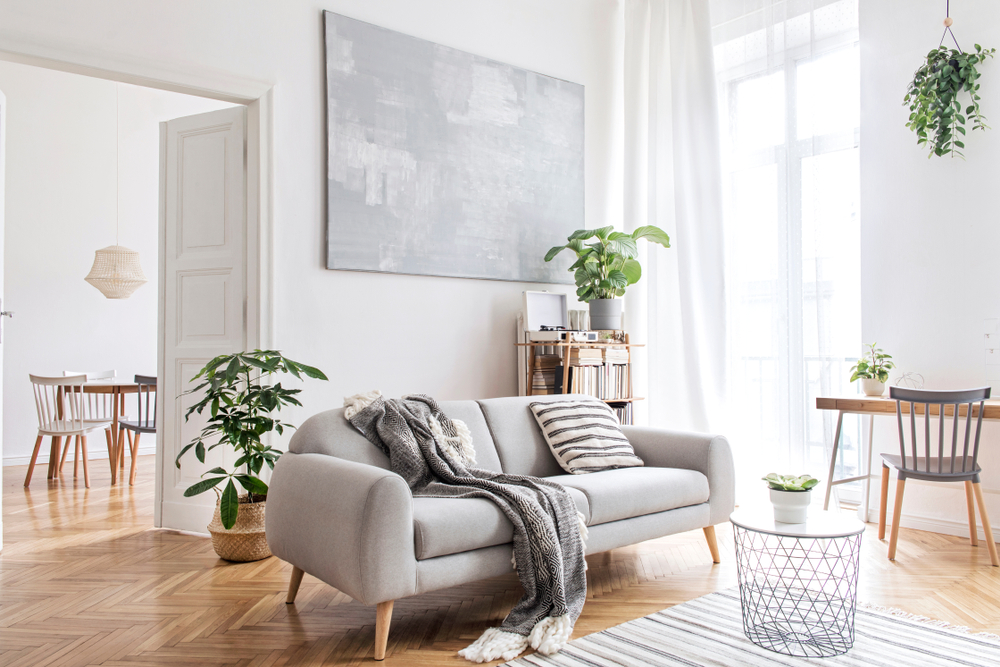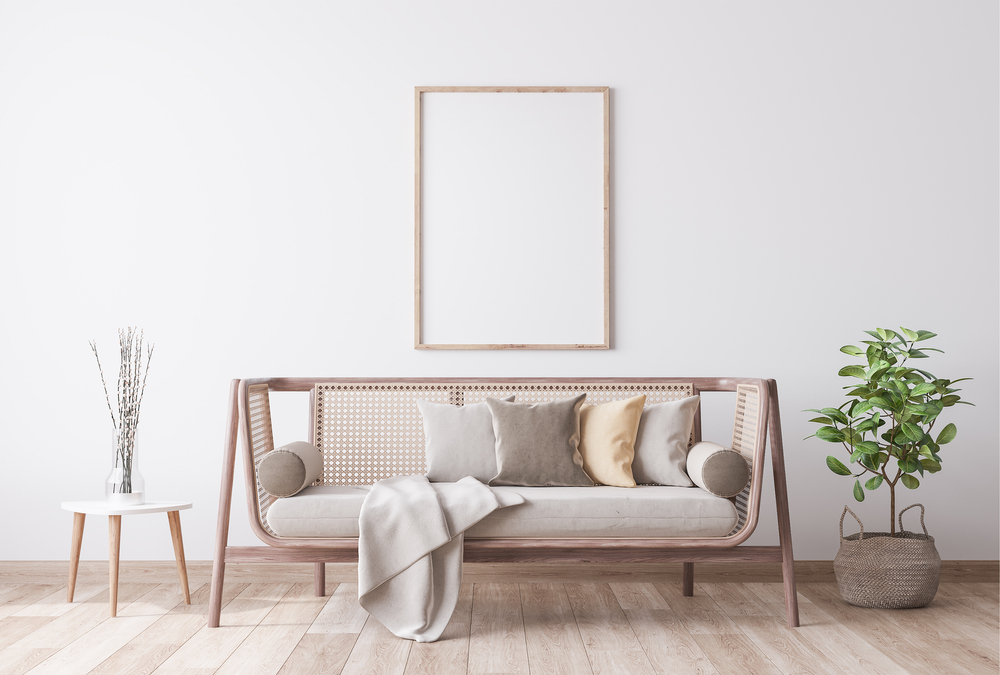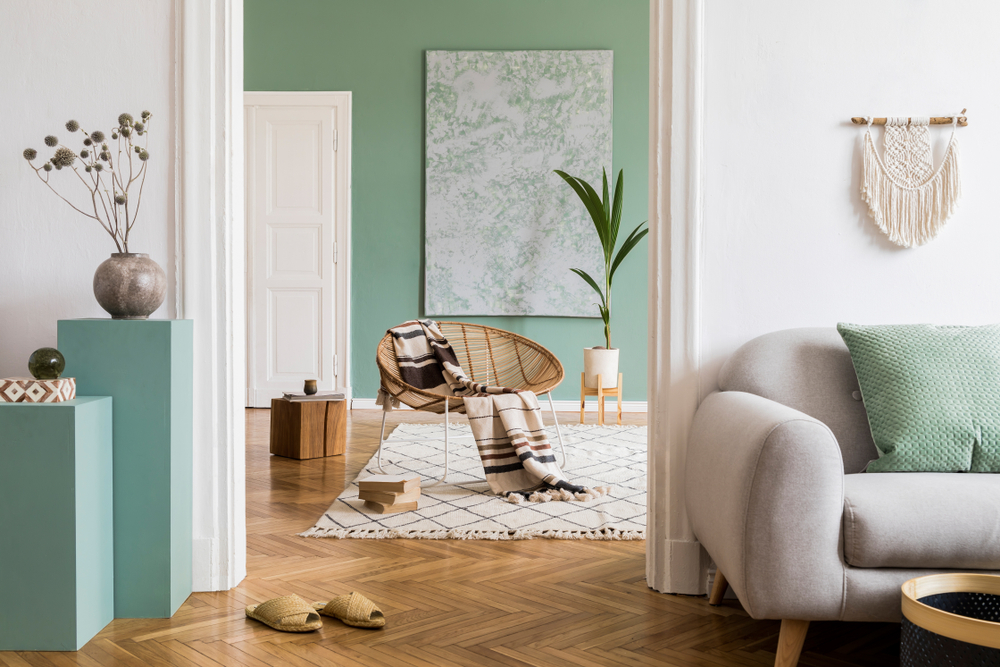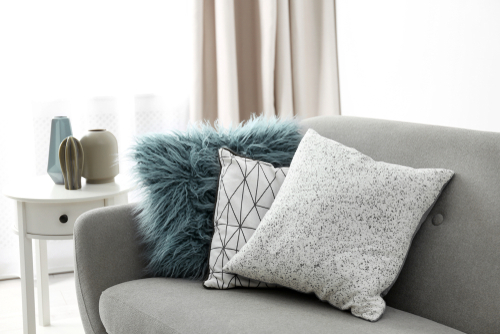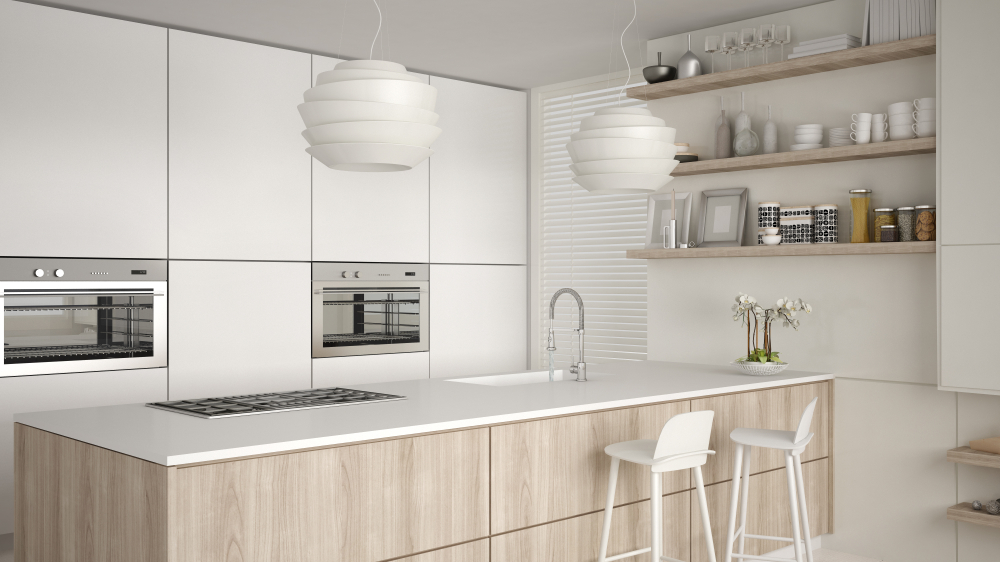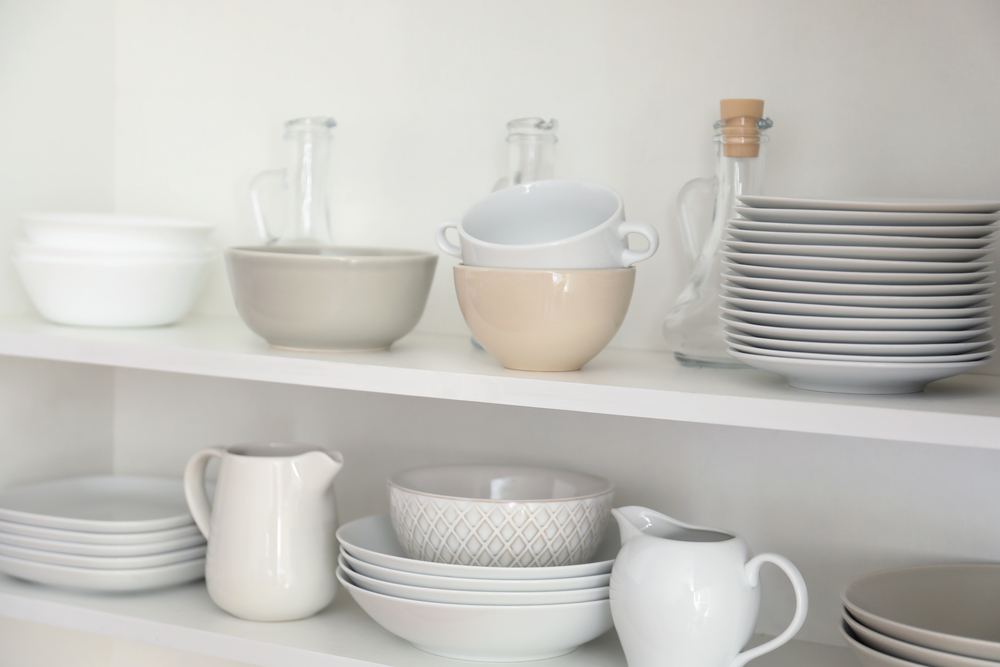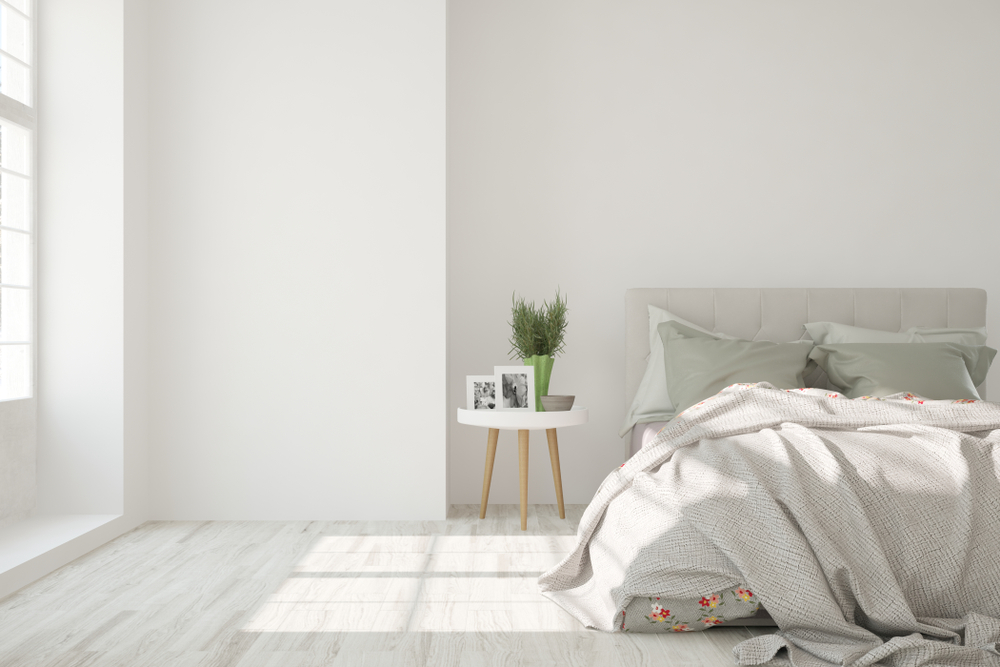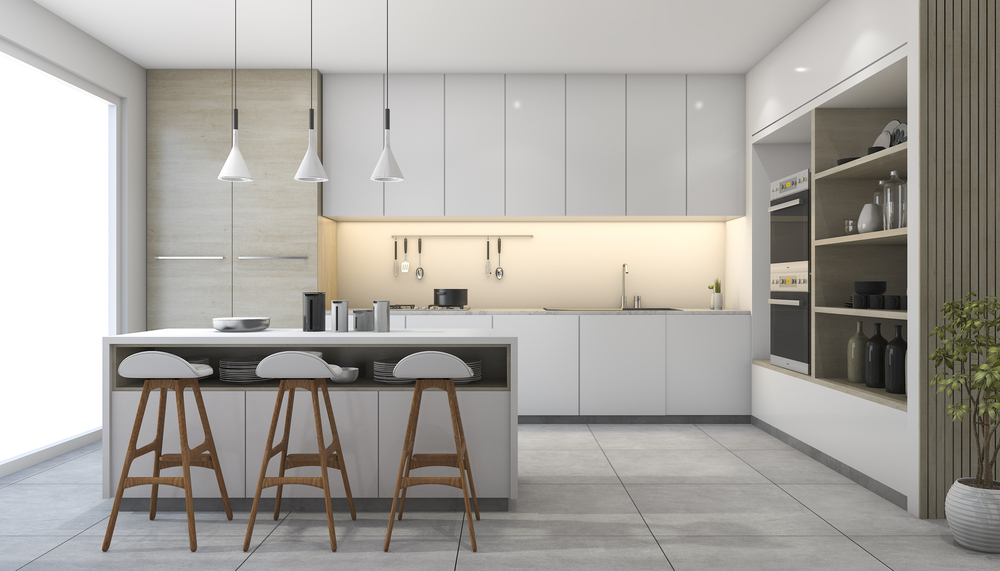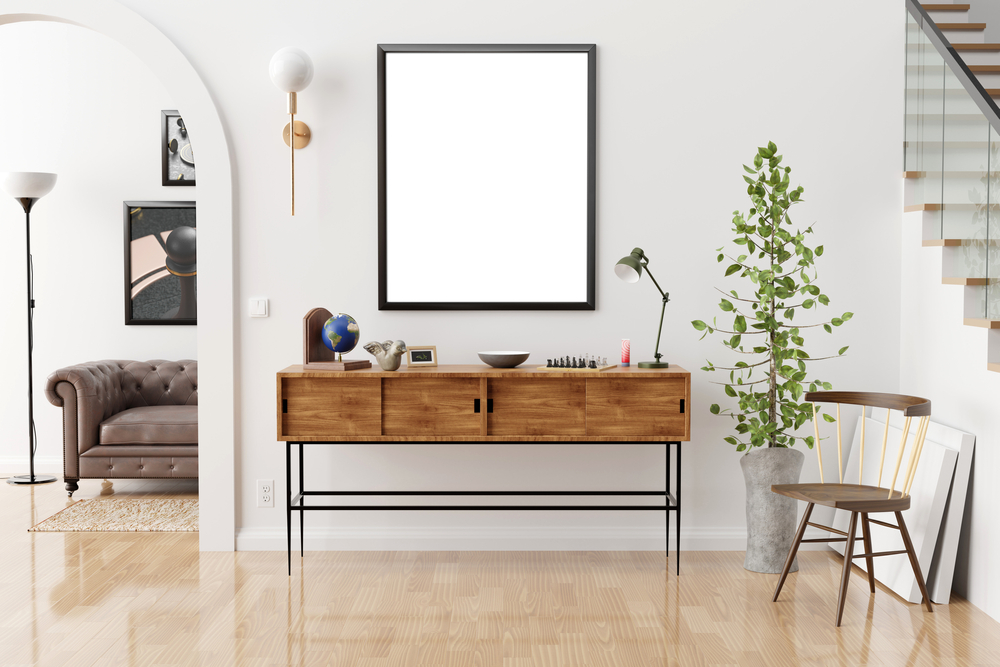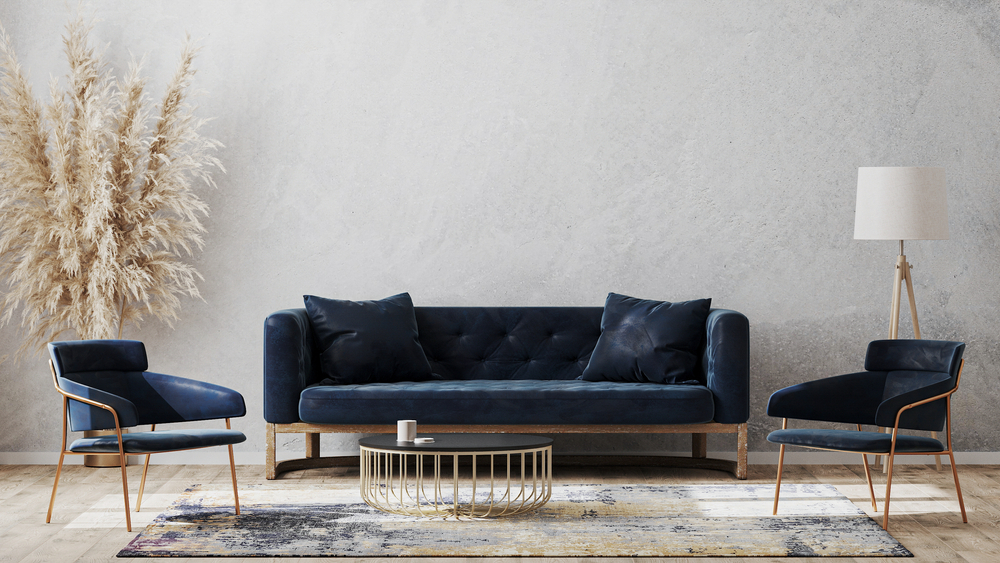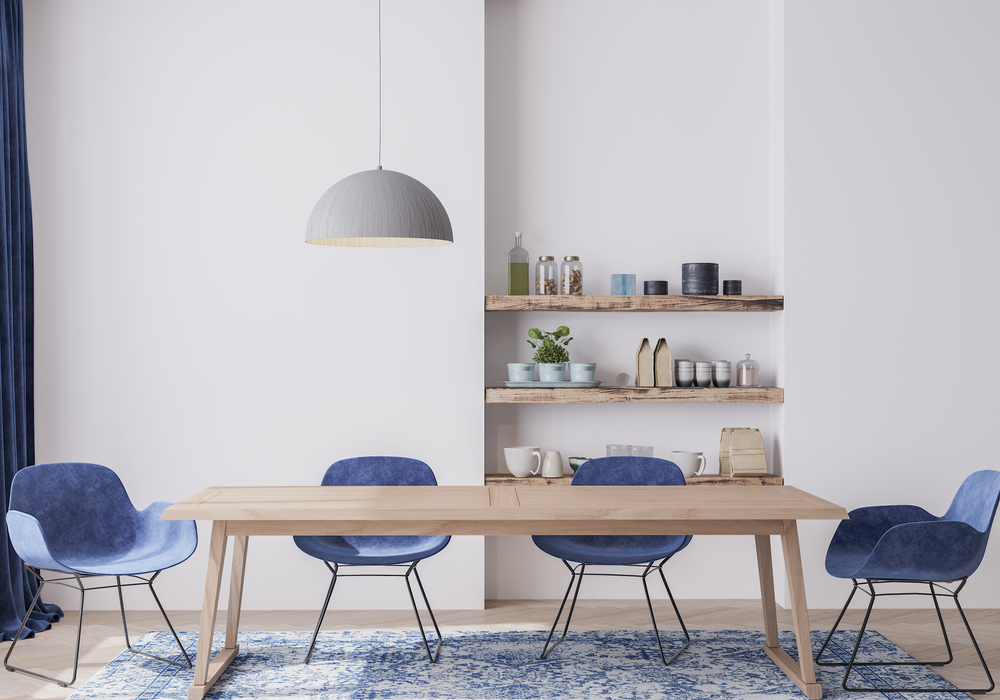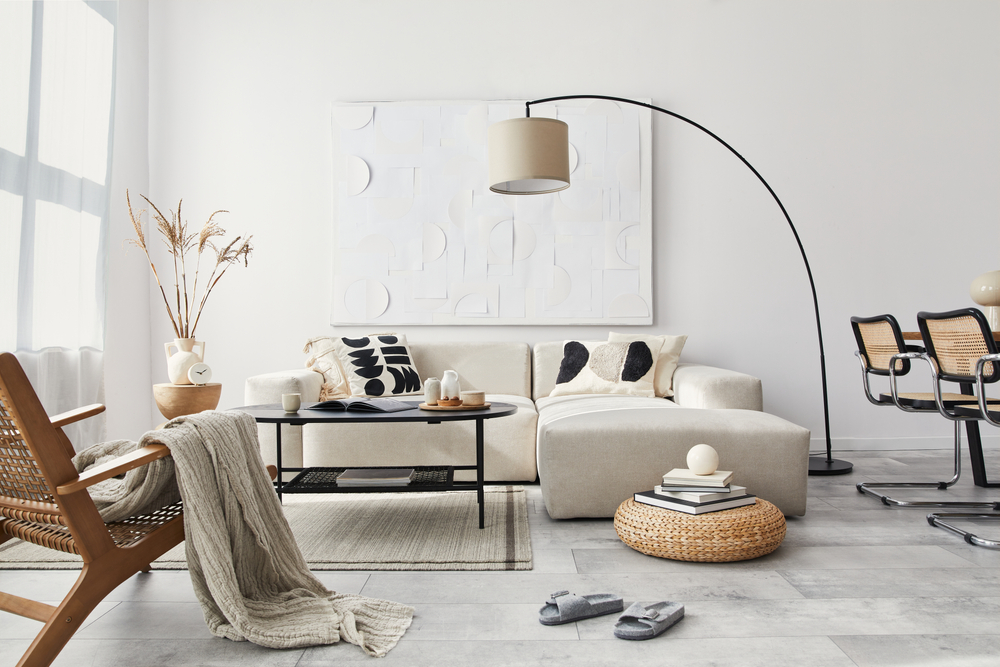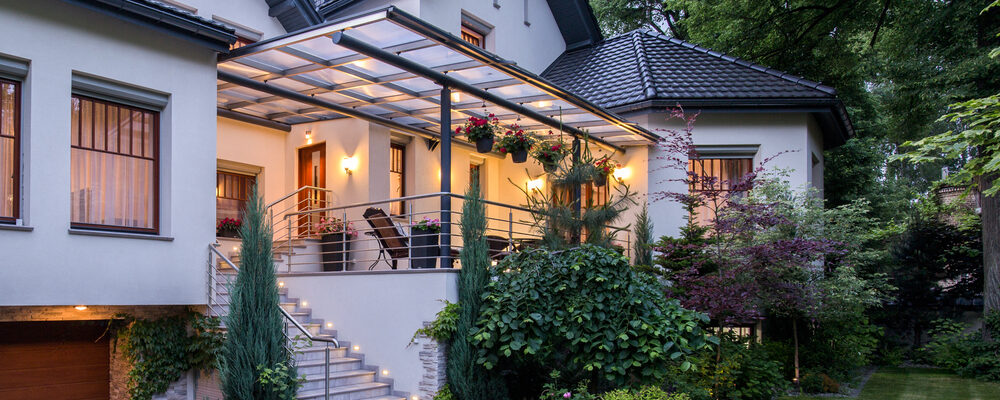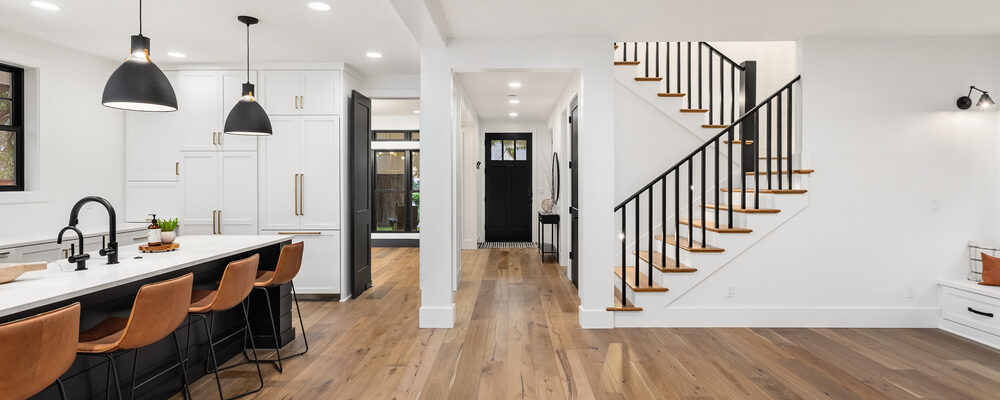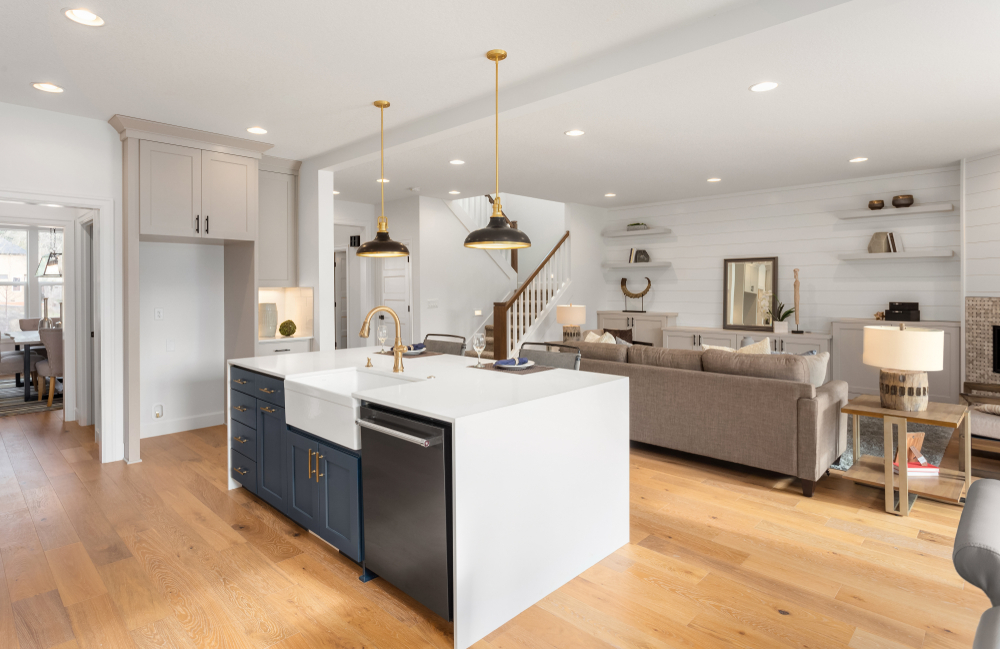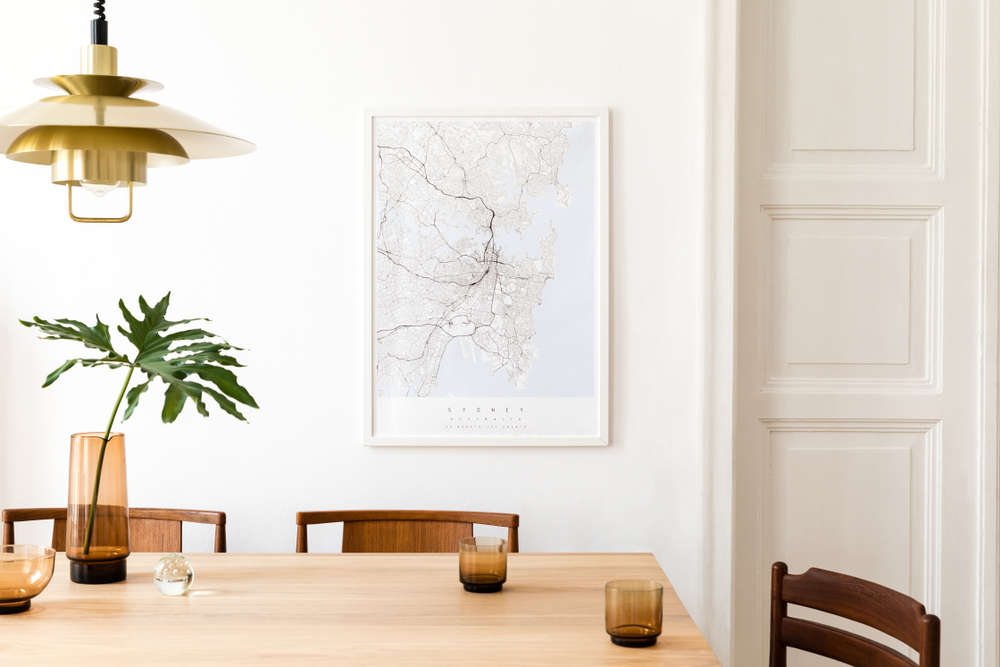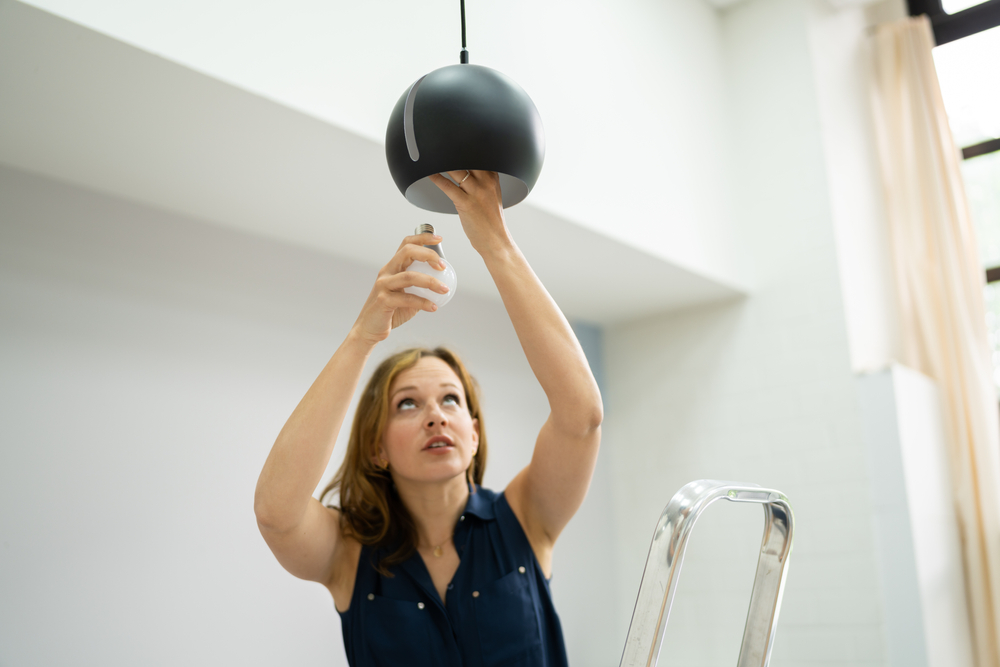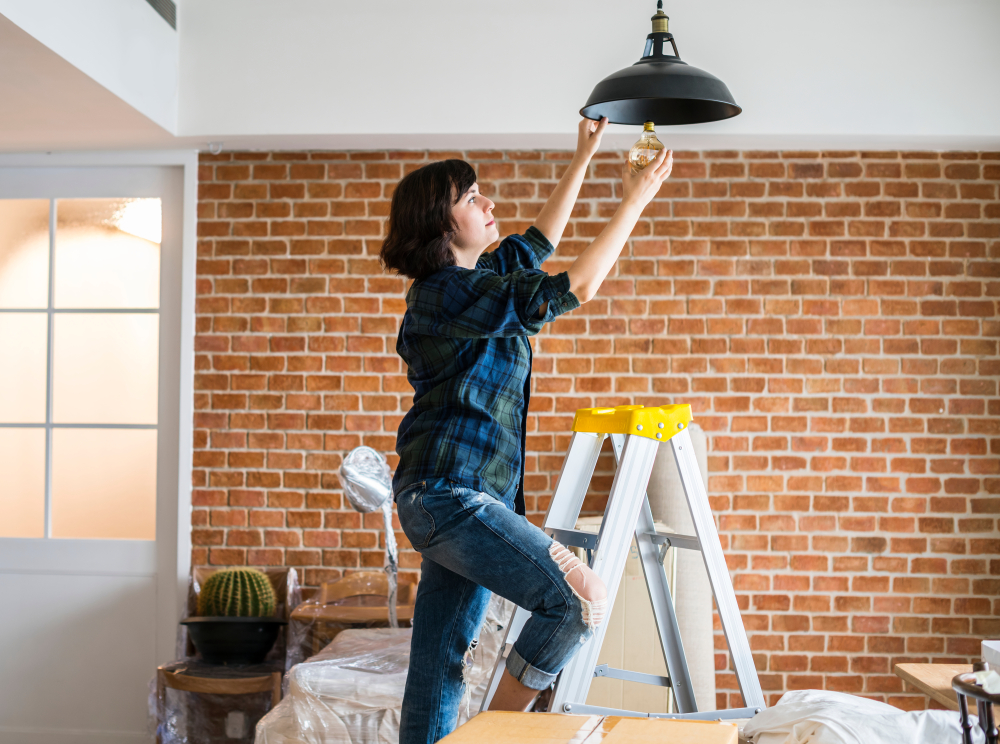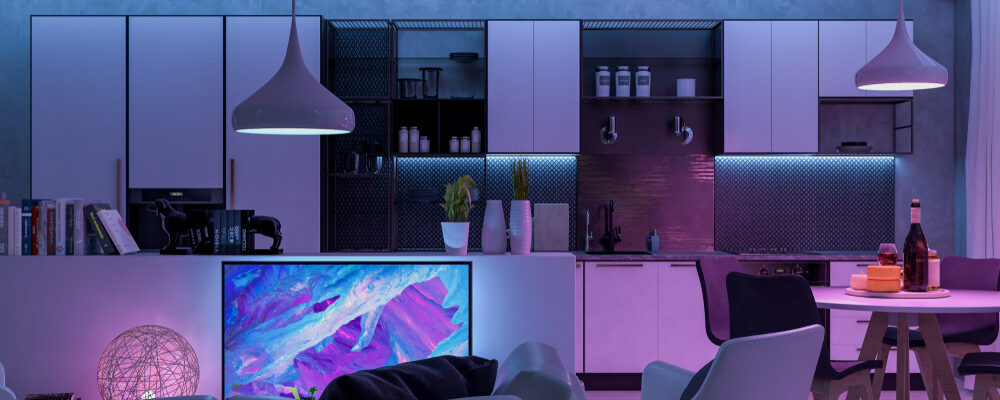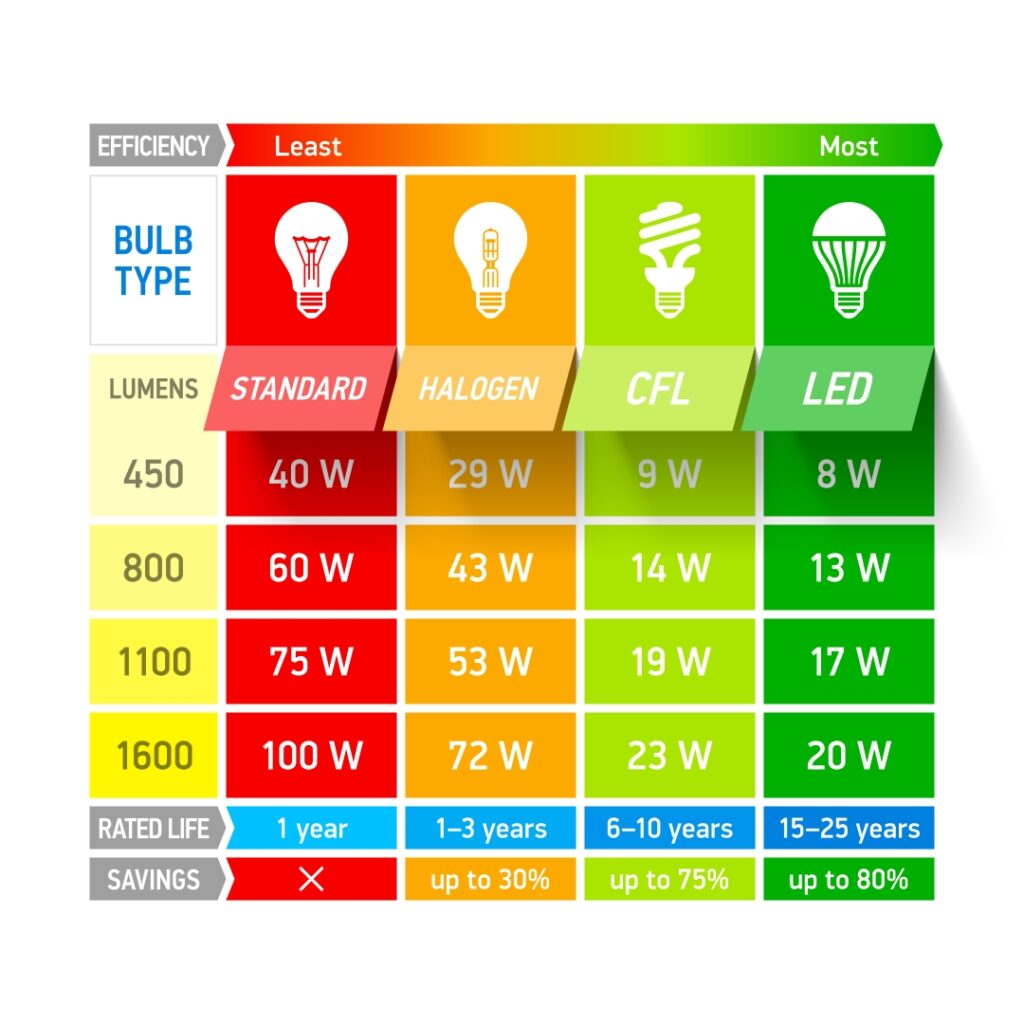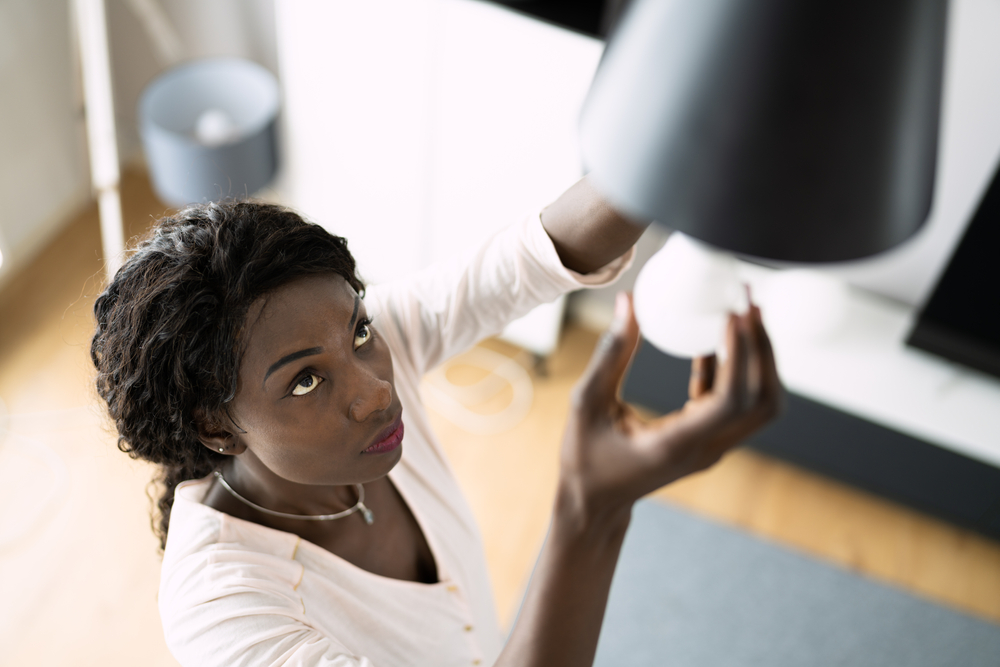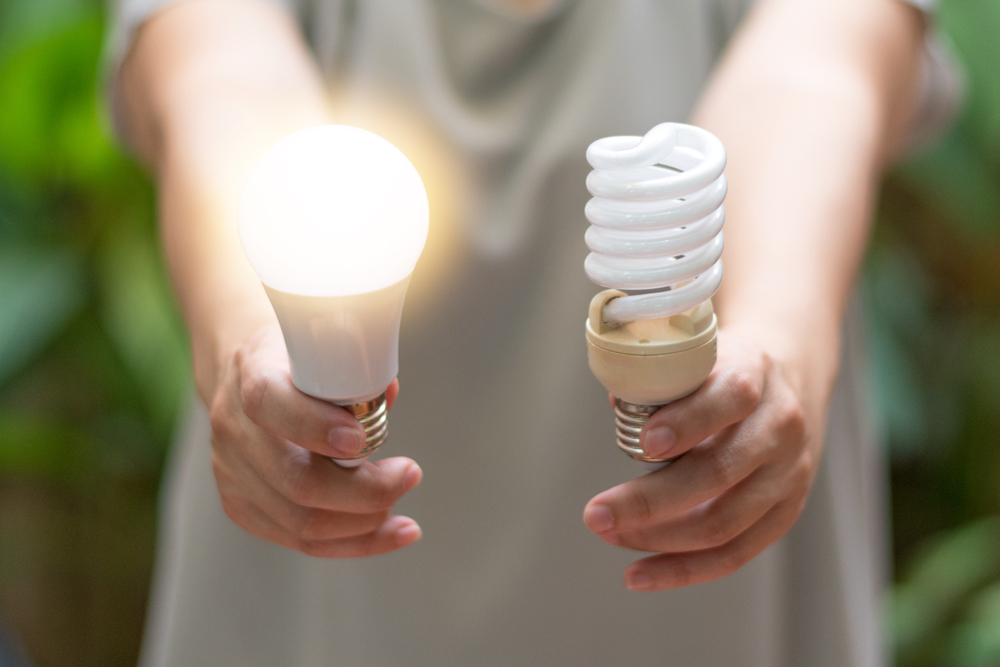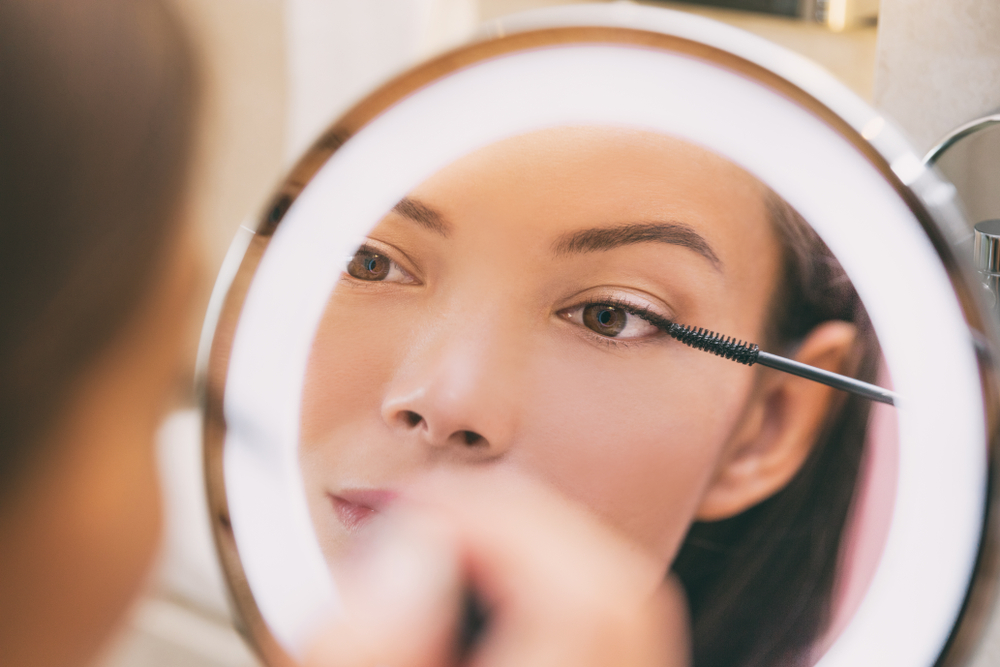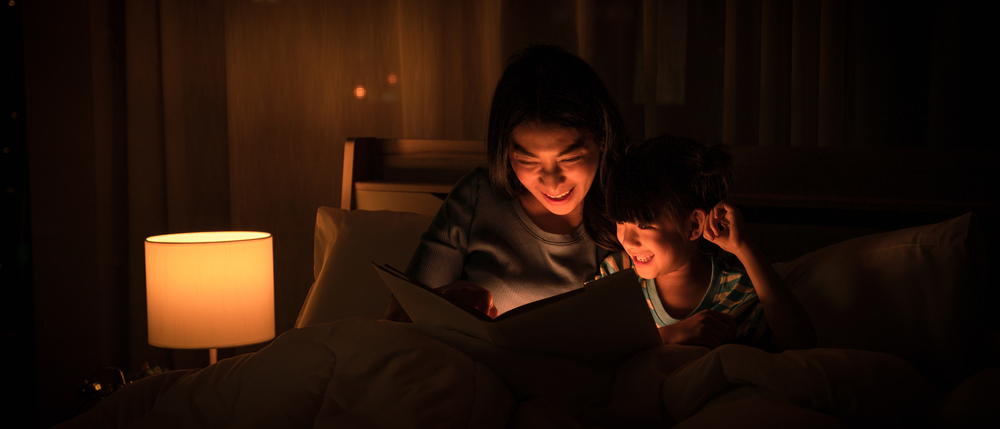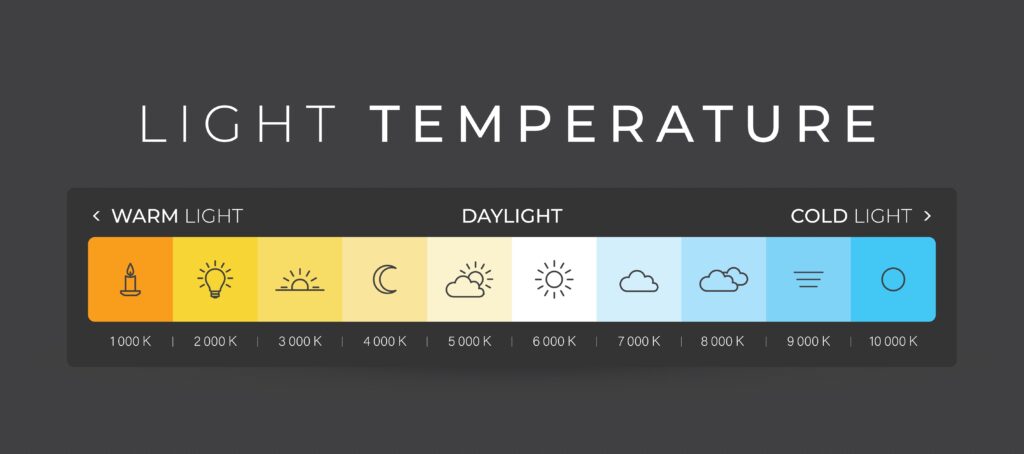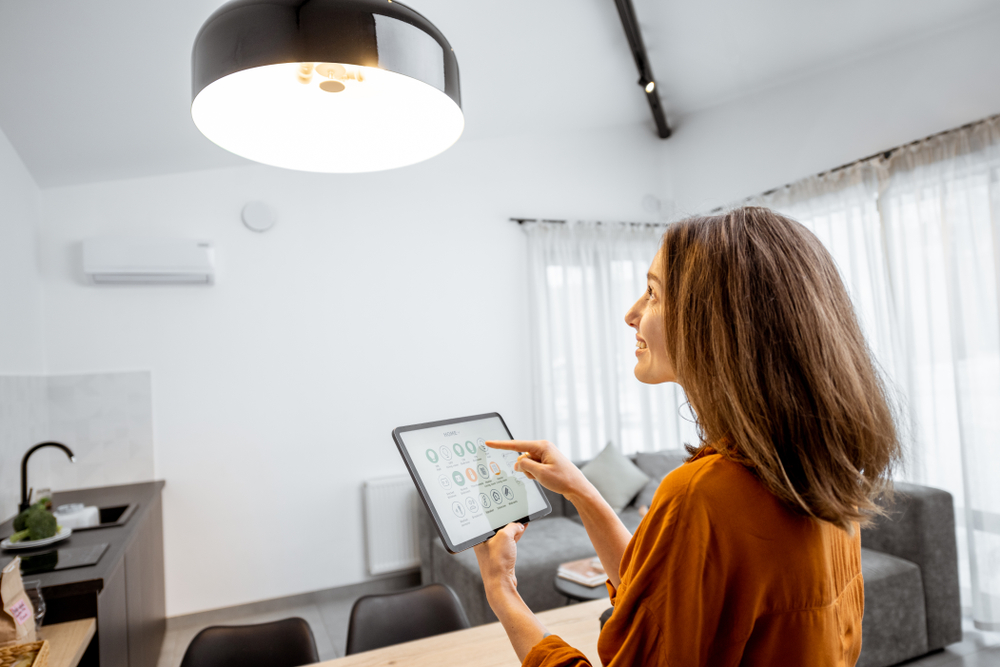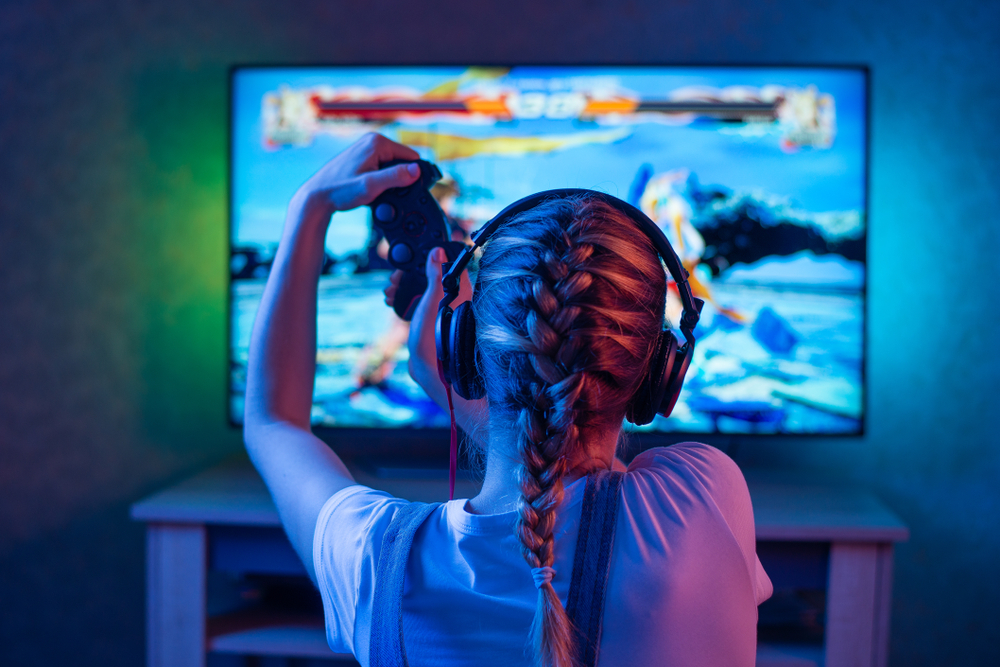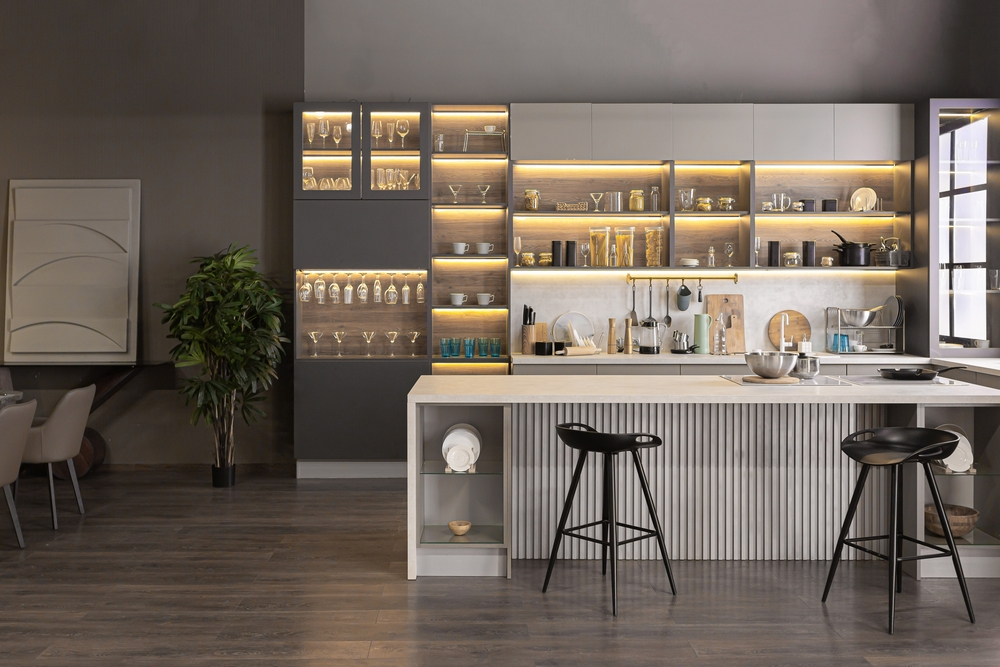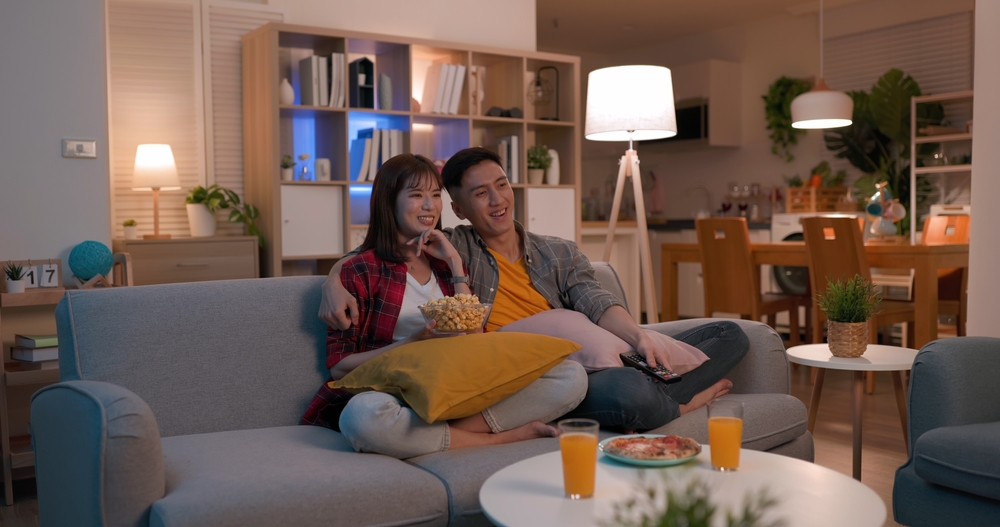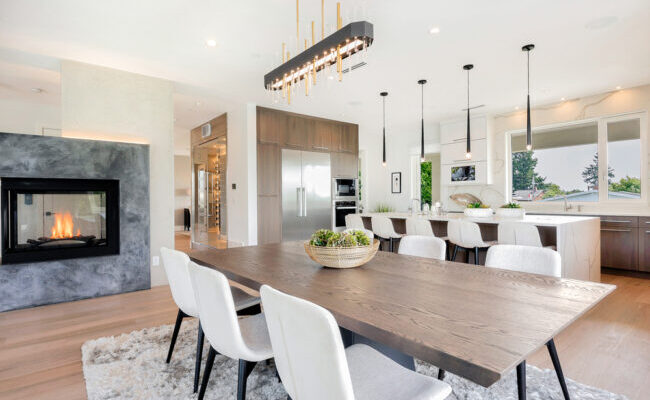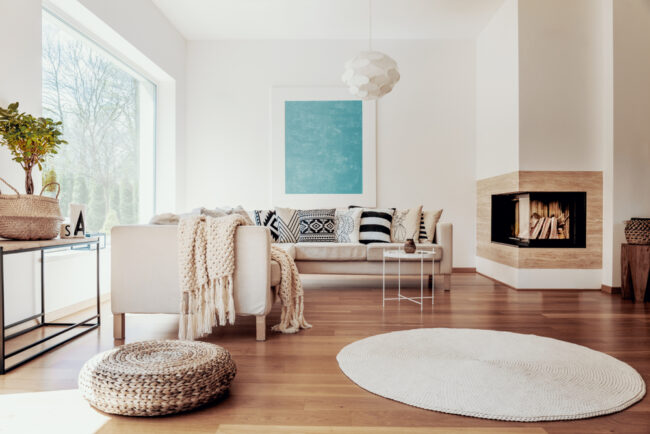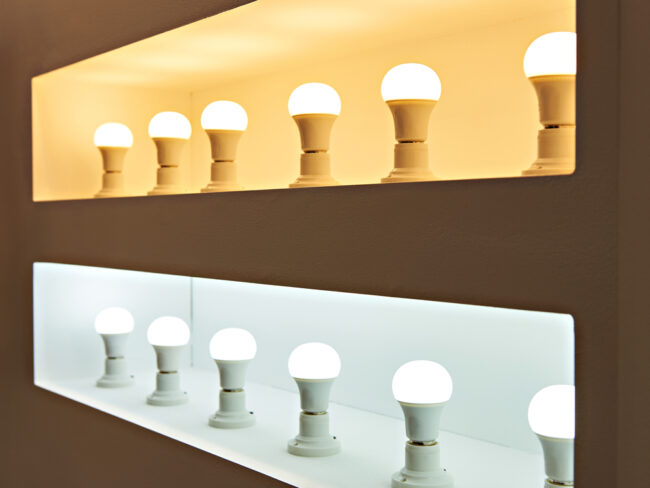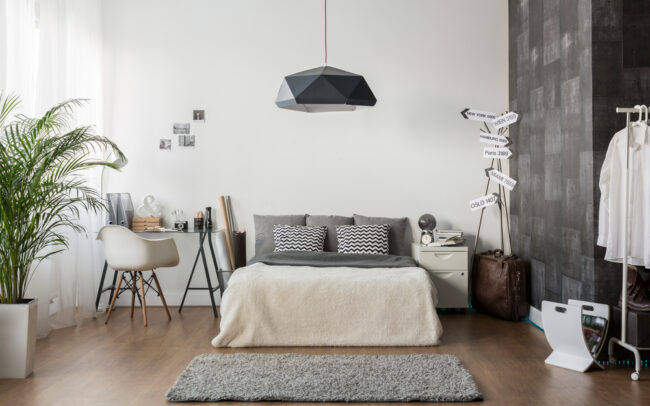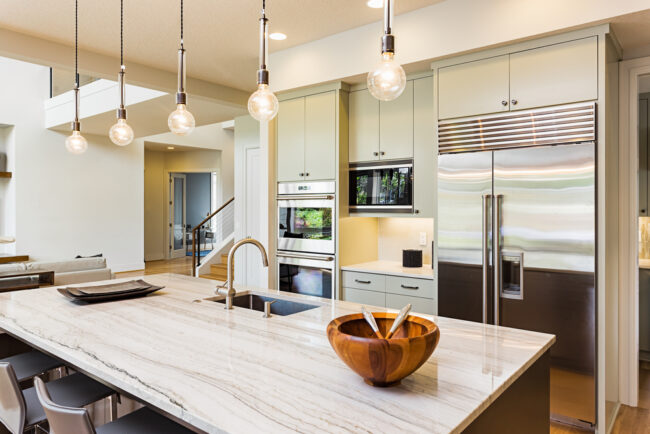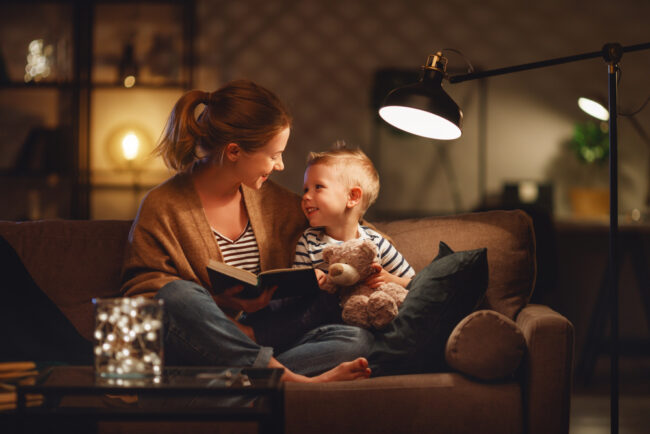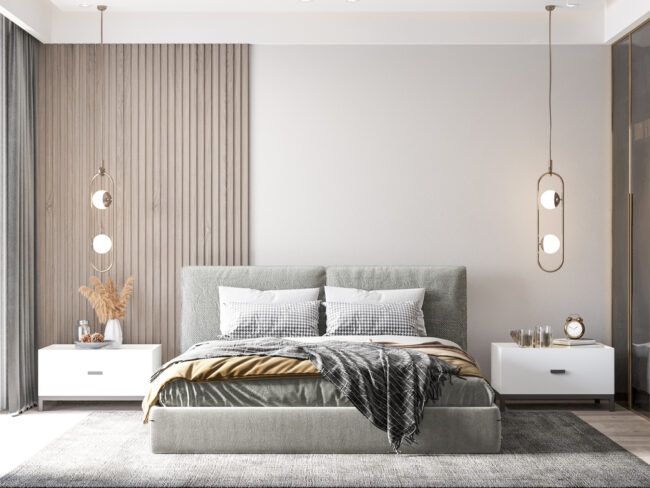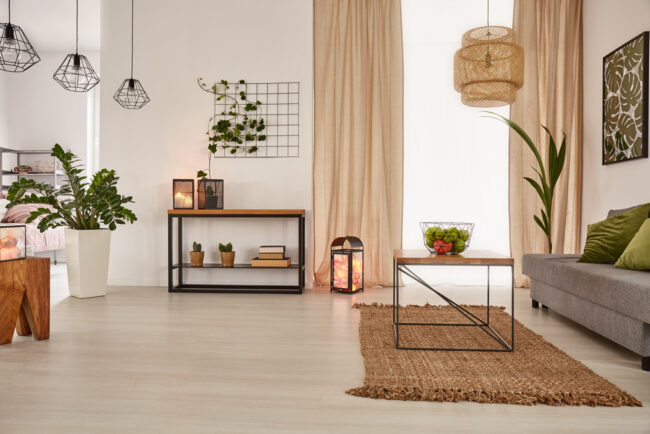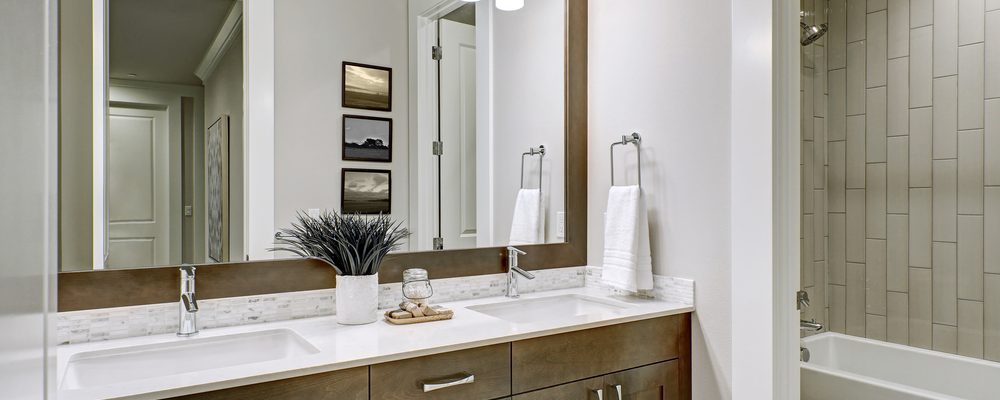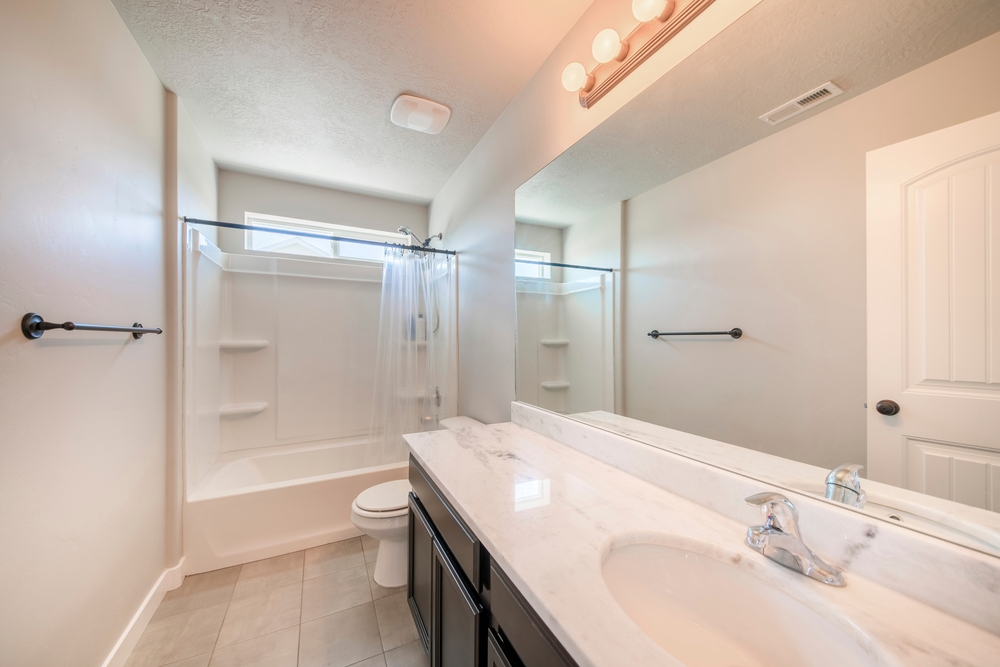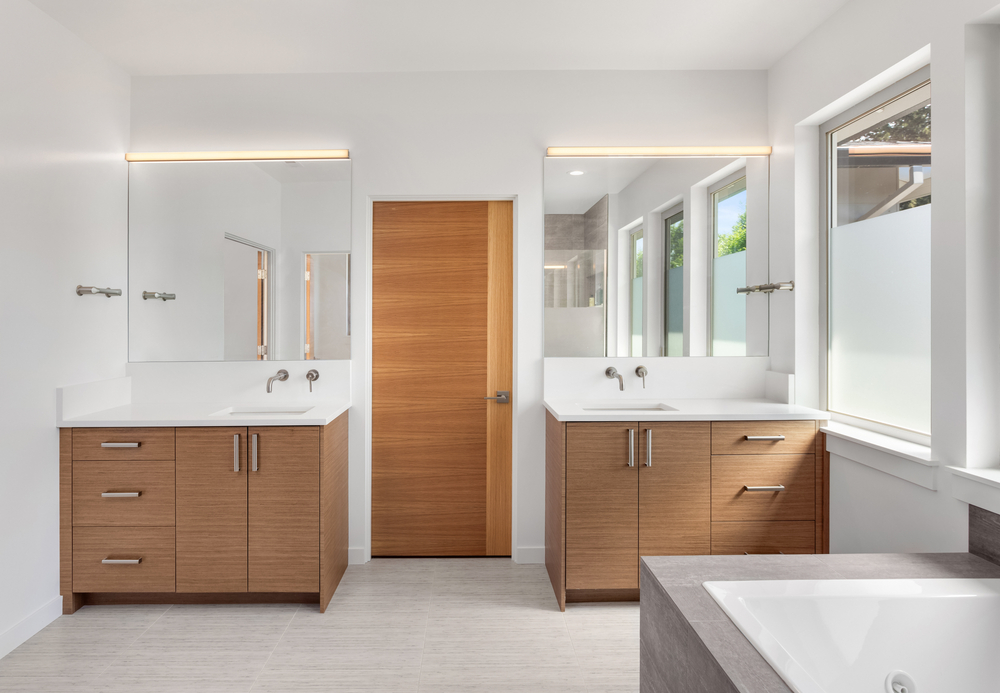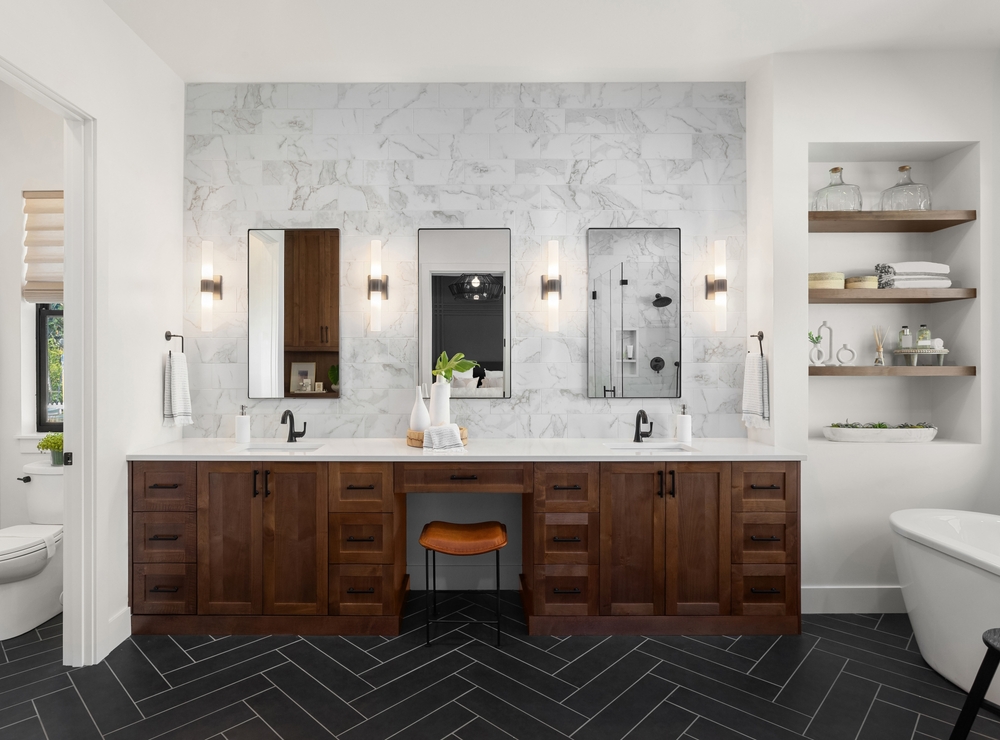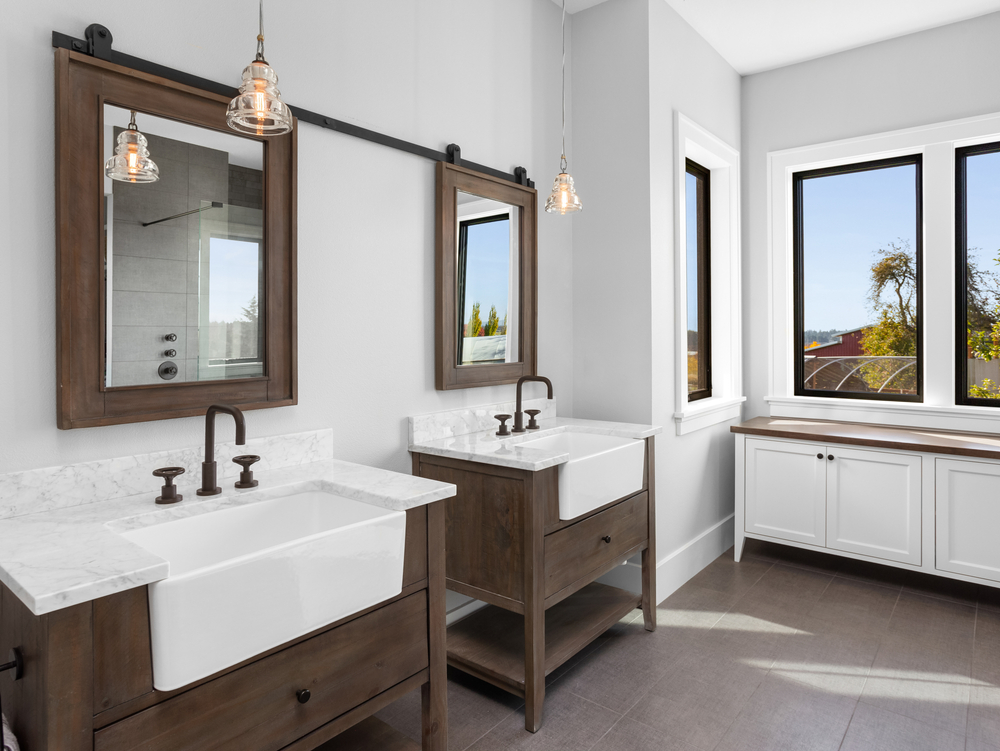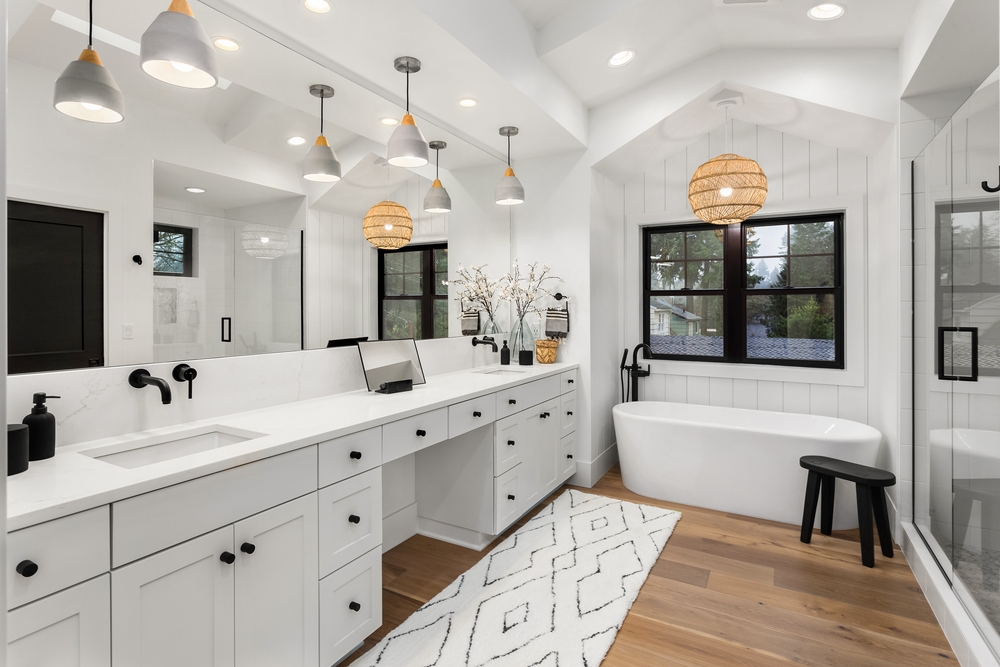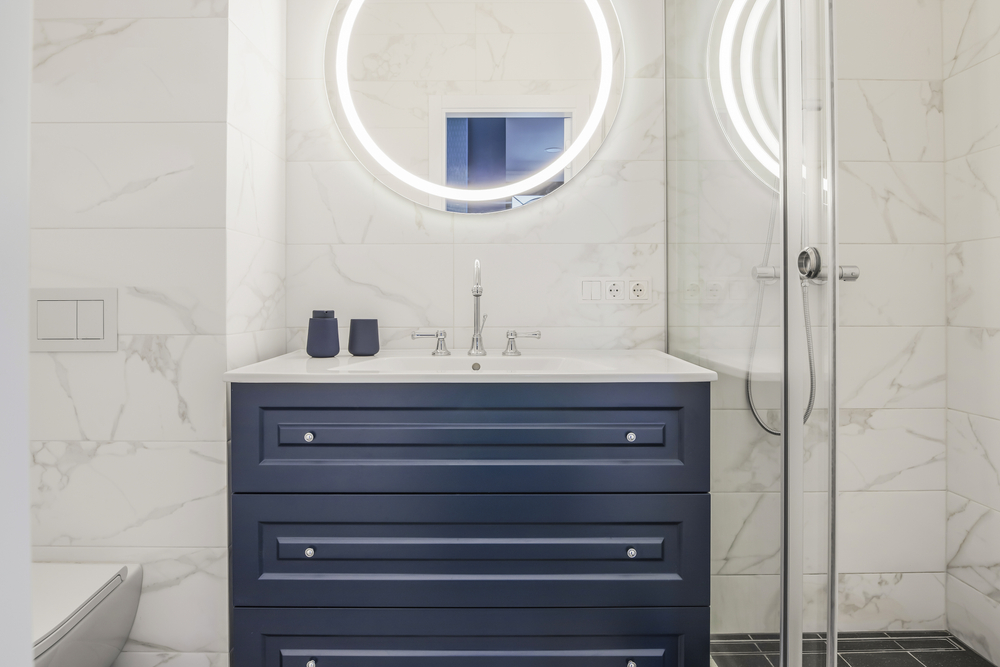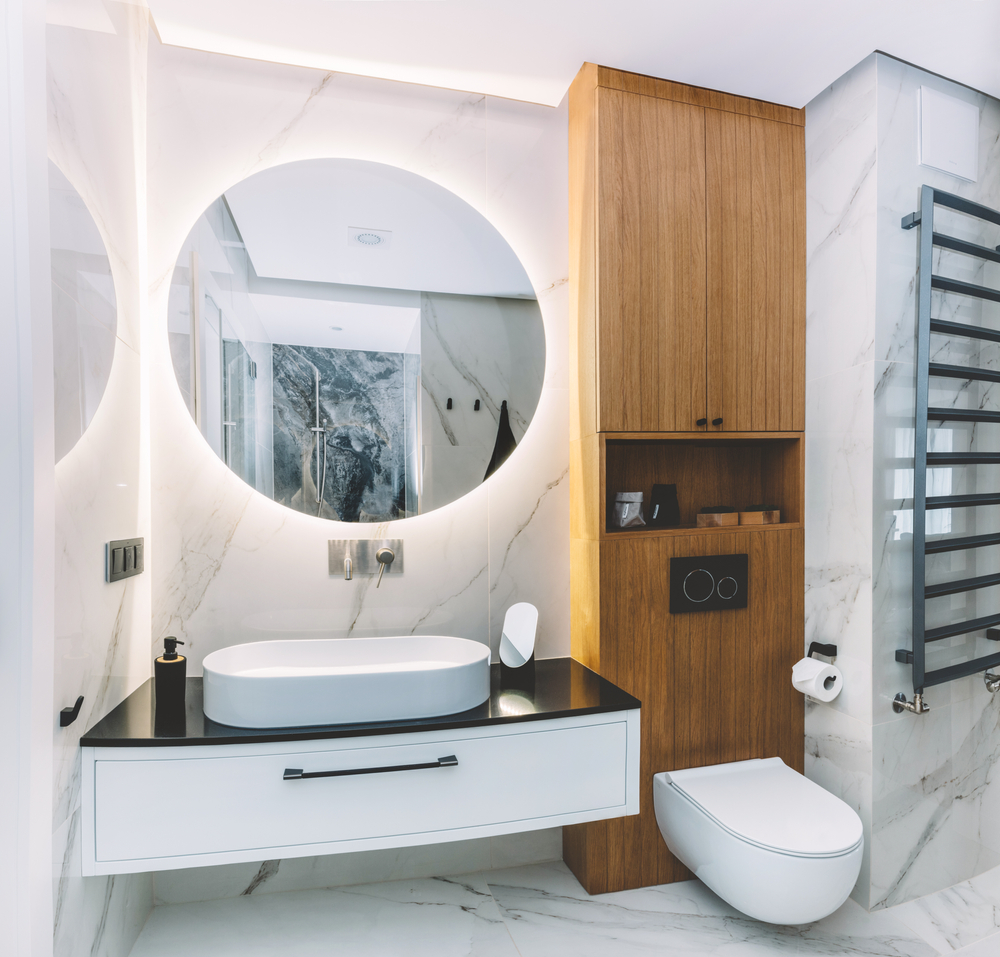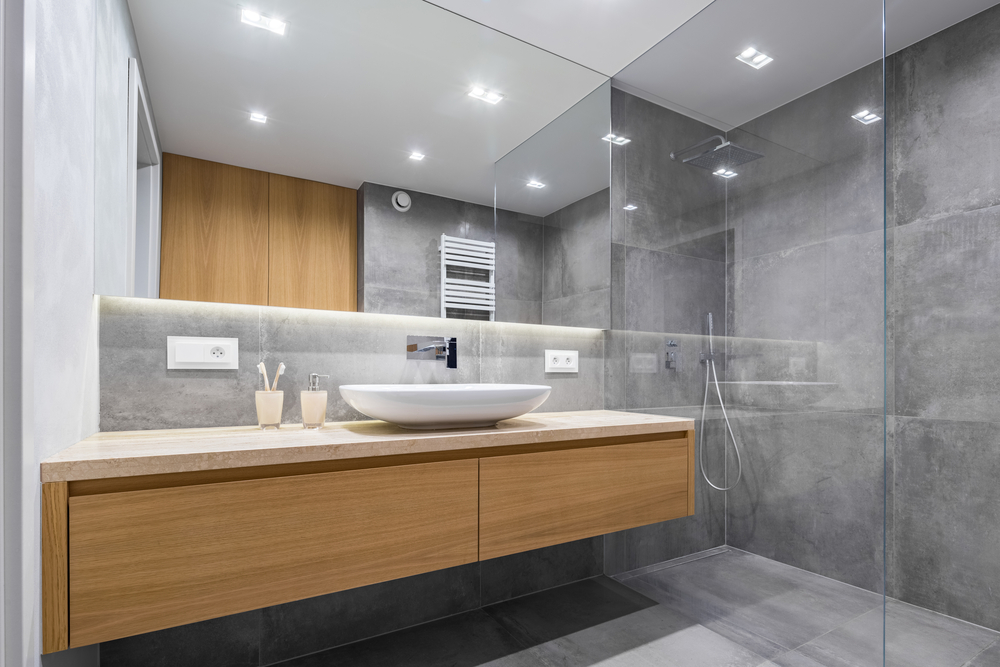Renting an apartment or house is a great way to maintain flexibility and save up for future investments. But making the space your own can be challenging– especially if it’s a long-term rental. Many renters don’t feel that changing up their rental lighting is an option for them – but taking control of your lighting (in a renter-friendly way) is actually one of the best ways to make your rental feel like home.
The basic lighting in rentals isn’t always ideal, and bad lighting can really make your home feel… off. So we’ve come up with five of the top complaints from renters that we hear all the time – and we’ll follow them all up with renter-friendly solutions to make your space a cozy, personalized home for as long as you live there.
“My rental feels cold and sterile.”

Lighting has a massive impact on the way our room feels, and on how we feel when we’re in it. Aside from throwing out a rug and hanging some art, tweaking the lighting can also make a room feel more warm and less sterile.
What to try:

- Use textured lamp shades to create depth, color, and coziness.
- Swap out mismatched and too-bright bulbs for warmer colored bulbs.
- Add battery powered string or LED accent lights to light dark corners and to create a softer lighting environment for the evening wind down.
Not sure where to start? Check out your local lighting showroom for expert advice and a wide variety of light fixtures!
“There isn’t enough light in my apartment.”

A lack of adequate lighting can make any space feel tired and dull, and it’s hard to get anything done in the dark. Adding more light sources is a great way to improve the homey feel – plus, it’s really easy!
What to try:

- Aim for 5-7 light sources per room, including existing lights and windows. Lamps are a renter’s best friend!
- Make the most of natural lighting by using sheer privacy curtains, light paint colors, and mirrors.
- Use the best light bulbs for your needs. LED bulbs can give off a lot more light than traditional bulbs, so they’re a great option for a quick light boost.
Simply having enough light is one of the easiest and most powerful tools to make your space feel like your home.
“My light fixtures are outdated/don’t match my aesthetic.”

It’s pretty common for rentals to have either original (outdated) or builder-grade (basic) light fixtures. Installing new custom lighting isn’t often an option, but it doesn’t hurt to ask! Some landlords will be fine with updating their lighting, especially if you remind them that it will increase their property value.
What to try:

- Always consult your lease and your landlord before making permanent changes to your rental.
- Before you start, make sure that your new fixture will work with the existing wiring and switches.
- Switching a light fixture is a pretty simple DIY in most cases! Check out this Youtube tutorial for a typical DIY ceiling fan replacement.
Investing in a new fixture as a renter is a smart move if you plan to stay long-term. Great lighting completely changes the feel of a room – consider it an investment on your comfort! (Every lease is different – you may even find that you’re fine to replace the light so long as you switch it back upon moving out, so you can take it with your to your next place!)
“I can’t install new wired lighting, so I’m stuck with what came with the rental.”

Many renters feel creatively limited with their lighting options. If your rental had cruddy lighting and you’re not allowed to touch it – it may feel like you’re stuck. But the good news is – there are a LOT of lighting options available now that don’t require hardwiring anything, and many can be installed without drilling any holes!
What to try:

- Battery-powered sconces and LED strips add a lot of personality. They often need to be screwed to the wall.
- Hate changing batteries? These also come in corded varieties, so you can plug-in sconces, lamps, and LED strips anywhere you need.
- Turn a hardwired fixture you love into a battery-operated one with and LED puck in place of the bulb!
These options can help you elevate your apartment without creating permanent changes – and you’ll get to sell them or take them with you when you go.
“I don’t know what to look for when shopping for a light fixture.”

Light fixtures significantly impact your home, but they’re not something you shop for very often. While an endless number of online options can seem like a good thing, it can often lead to uncertainty.
How do I know what style to shop for? What does the fixture look like in person? Is it well-made, or will it fall apart in 3 months? Are there hidden costs not shown in the listed price? Can I install it?
What to try:

- Check out Pinterest, interior design social media accounts, and design magazines to get an idea of what your space needs. Create a mood board from these ideas to narrow down your style!
- Visit your local lighting showroom with pictures of your space and your inspirational photos to get customized help.
‘
—
If you’re not sure what you want or where to start, it’s easy to get lost in a search filters nightmare. Find inspiration, then skip the hours of hunting and go to a showroom.
Lighting showrooms specialize in making your home feel its best with great lighting. You’ll get better advice and find what you need faster. Plus, showrooms vet their products – so you won’t end up with a dud that breaks 3 days after the return window.
It can be challenging to nail balanced brightness, renter restrictions, and a budget! If the lighting in your rental just isn’t cutting it, skip the headache and stop by our showroom. We’ll help you turn up the lights!
